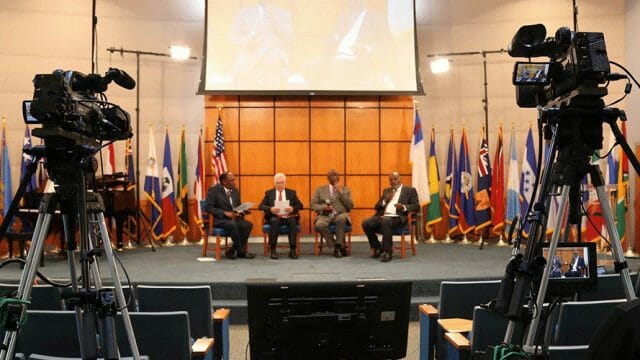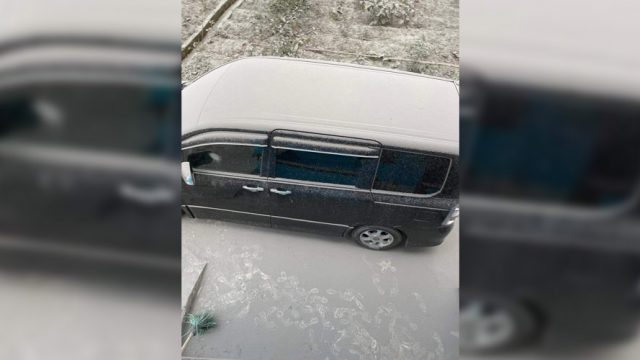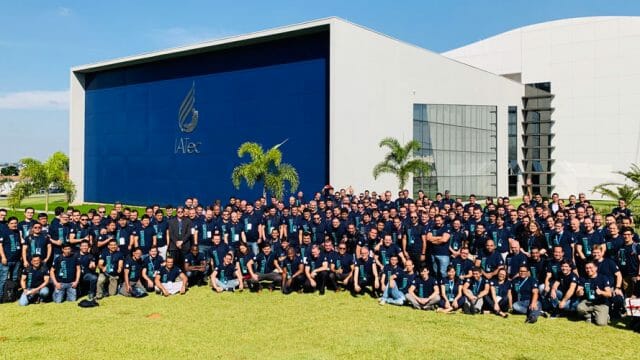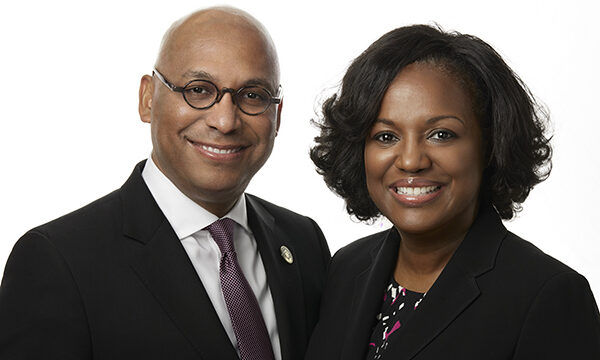In Brazil, volunteers drive ministry that also distributes water, clothes, and books.
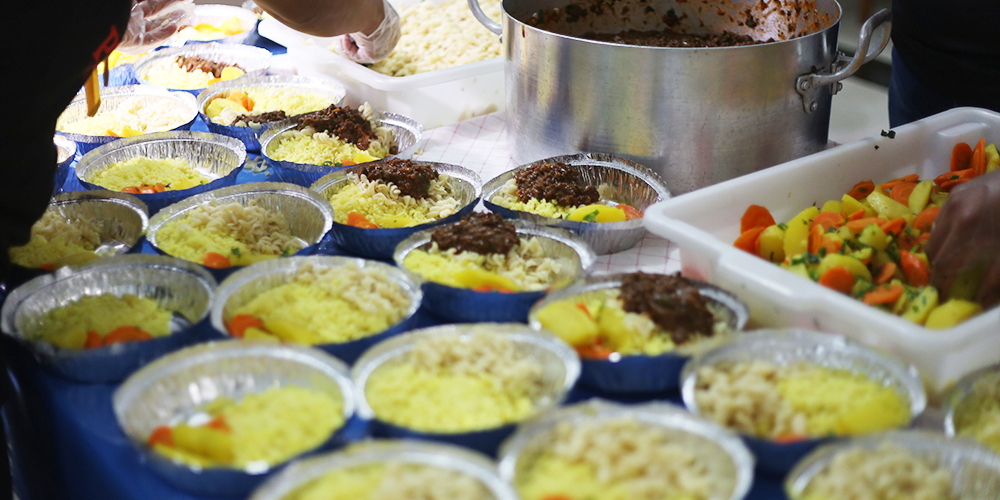
As a chef for seven years, Júlio Soier regularly works as a menu consultant for restaurants in Belo Horizonte, Minas Gerais, Brazil. Through the years, he dreamed of having the opportunity to use his culinary expertise to help others.
Then the COVID-19 pandemic arrived.
With restaurants closed, his workload was reduced significantly.
“First, I felt distressed about the future,” Soier said. “But then I saw the situation as the launching pad for something I had dreamed about for years: cooking for those who have nothing to eat.”
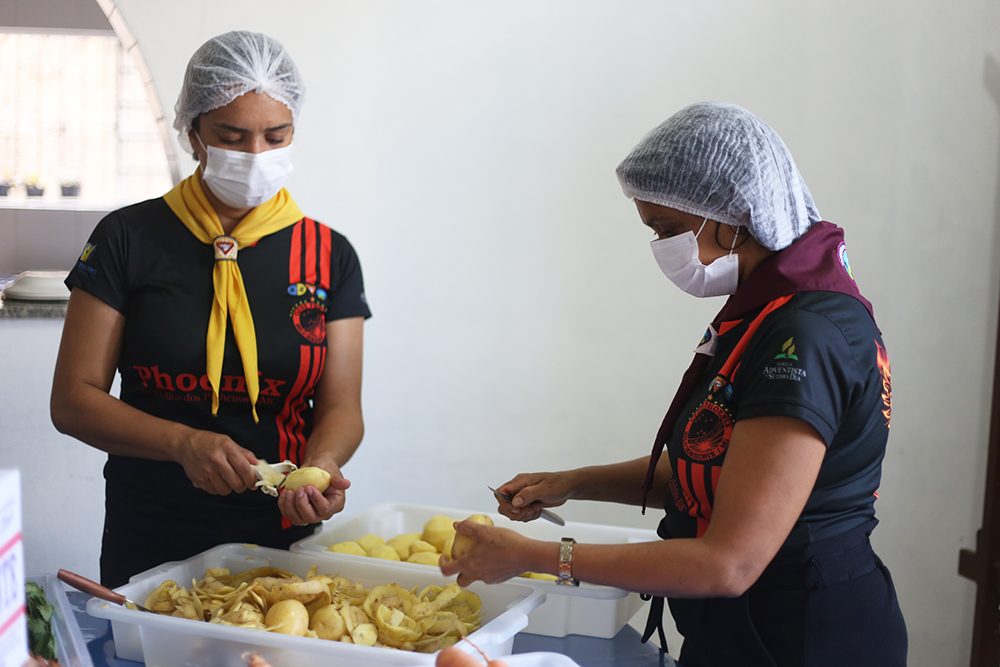
Soier didn’t think twice. He soon gathered a team of volunteers, who started helping him to prepare meals in the kitchen of the Alto dos Pinheiros Seventh-day Adventist Church. On a typical Thursday, they meet around 3:00 p.m. to cook, pack up, and distribute 200 hot meals among the homeless.
Working Together
In the kitchen, several team volunteers peel the vegetables, while another one adds the seasoning to the rice and pasta. Food items are donations provided by friends and acquaintances of the volunteers, Soier said, and the menu is based on a balanced nutritional diet.
After several hours of preparation, meal boxes are ready to be distributed. Then it is time to load the van with the food, water, clothes, and copies of Seventh-day Adventist books.
The team tours areas where the homeless usually wander, including abandoned buildings and specific streets and neighborhoods.
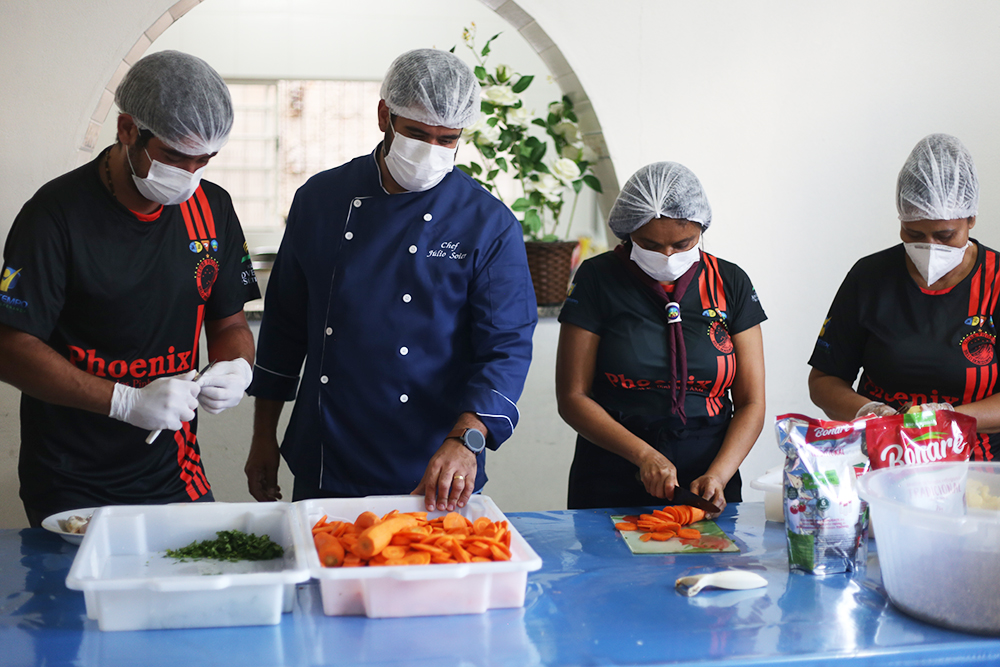
On this particular Thursday, the van approaches the sidewalk of a quiet street. As soon as the van door opens, a thin young woman with torn clothes approaches. She says her name is Rania and that she is looking for some food and something to wear.
She receives a hot meal and water. Then she asks, “Do you have any clothes? Do you have any clothes? Any outfit will do. They took all mine.”
After a few minutes rummaging around the bag of clothes, Rania picks out blouses and coats. She tries to find shoes but only finds a pair of flip-flops.
“I want them anyway,” she says.
Before leaving for their next stop, volunteers give her Willie and Elaine Oliver’s Hope for the Family book.
“I love reading,” she says.
One of the volunteers offers to pray.
“I want prayer,” she says.
Much More to Do
A regional newspaper and a radio station recently covered the Adventist-driven initiative. But members who volunteer every week say this is not an end but just the beginning. There is much more they would like to do.
“Witnessing people who go to bed hungry is what hurts me the most,” confessed Fátima Buchacra, who worked as a hairdresser before the pandemic. “We are assisting them, and other people are helping too, but there still is so much to do,” she said.
Buchacra shared what she experienced that night.
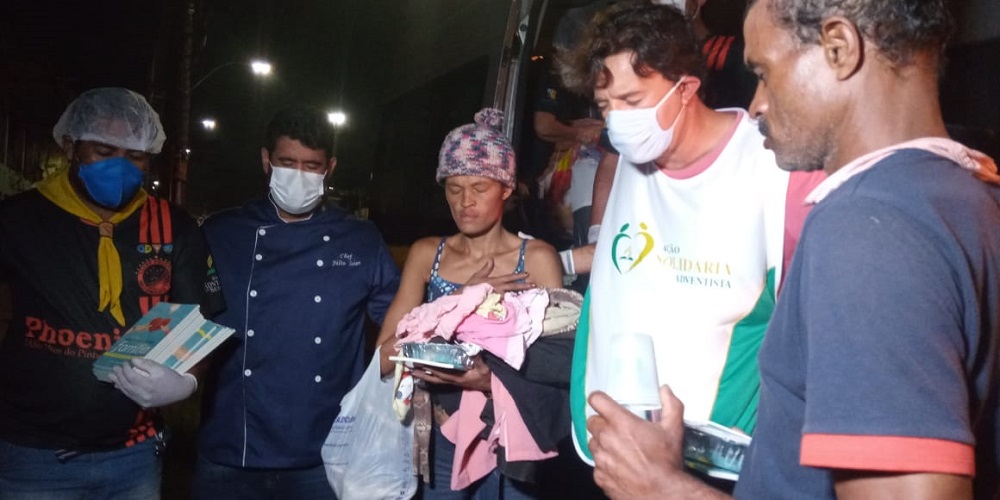
“People asked for clothes, but I didn’t have enough to give away,” she said. “They asked for a toothbrush, but I didn’t have one. I feel so bad; I cannot even put it into words. Tomorrow, I am going to select some of my clothes and come back to distribute among those who need them,” Buchacra said.
Ministry volunteers say they are ready to use all the help they can get, either in the form of food donations or funds to keep the ministry going.
“There is so much more we could do,” they said.
The original version of this story was posted on the South American Division Portuguese-language news site.



